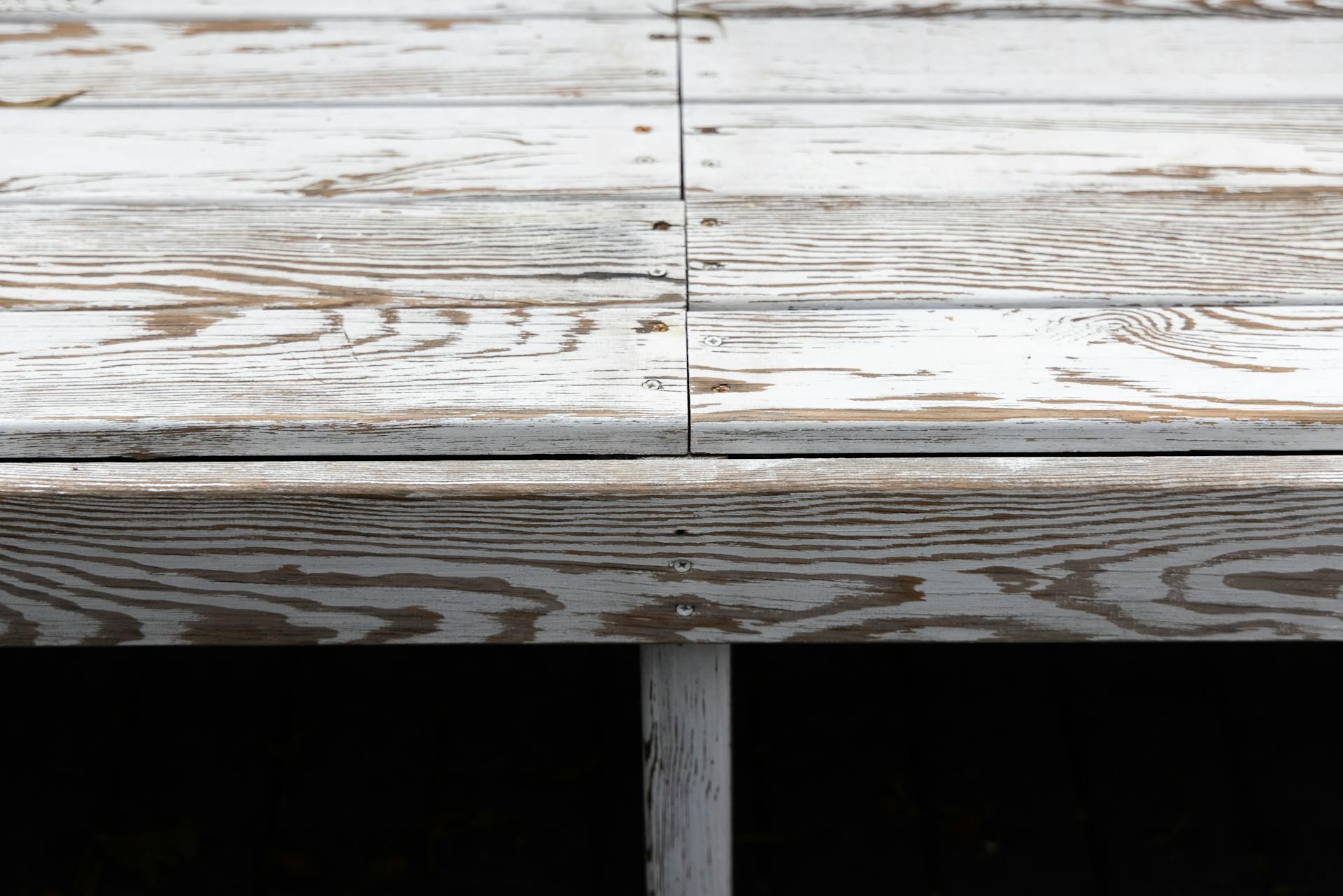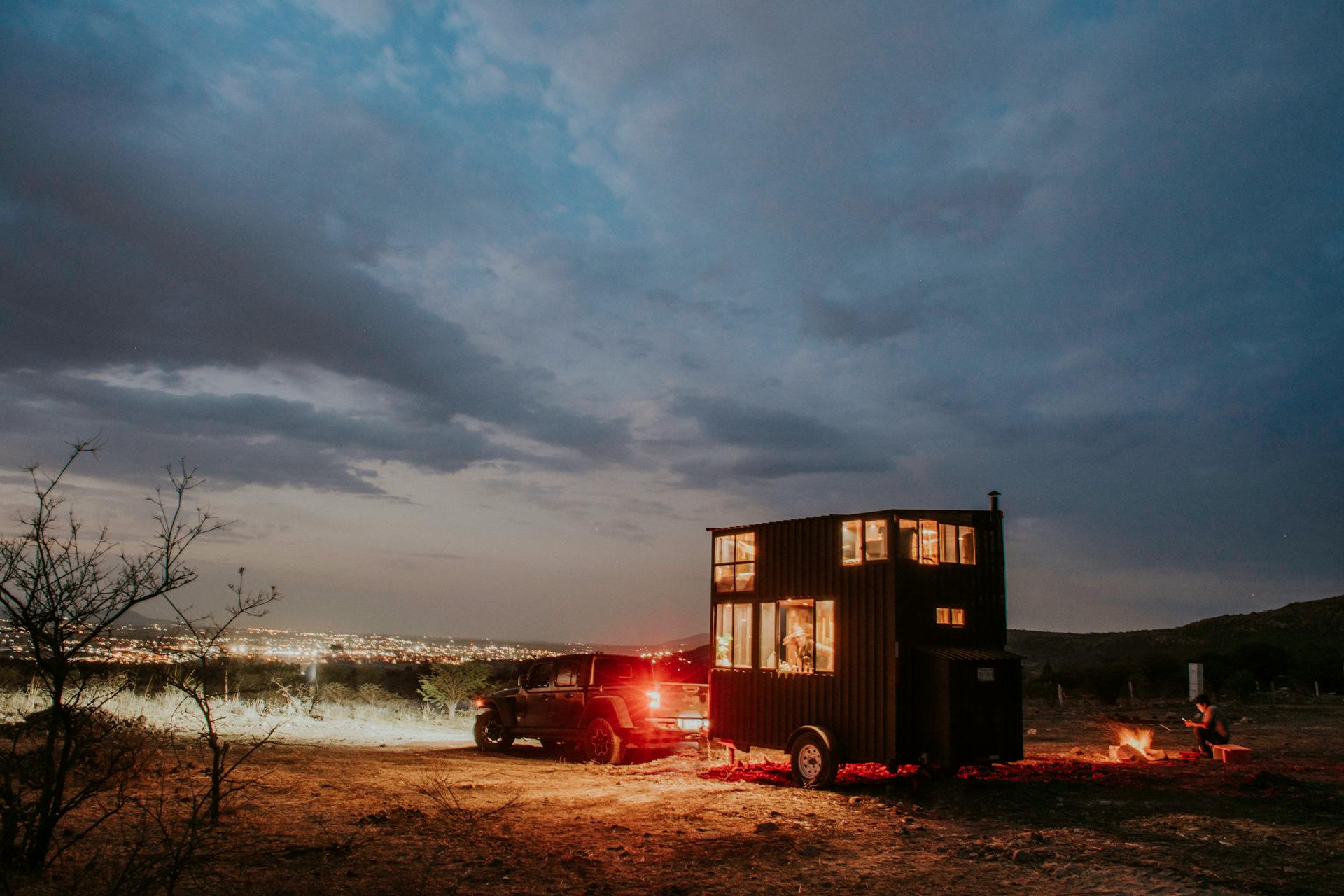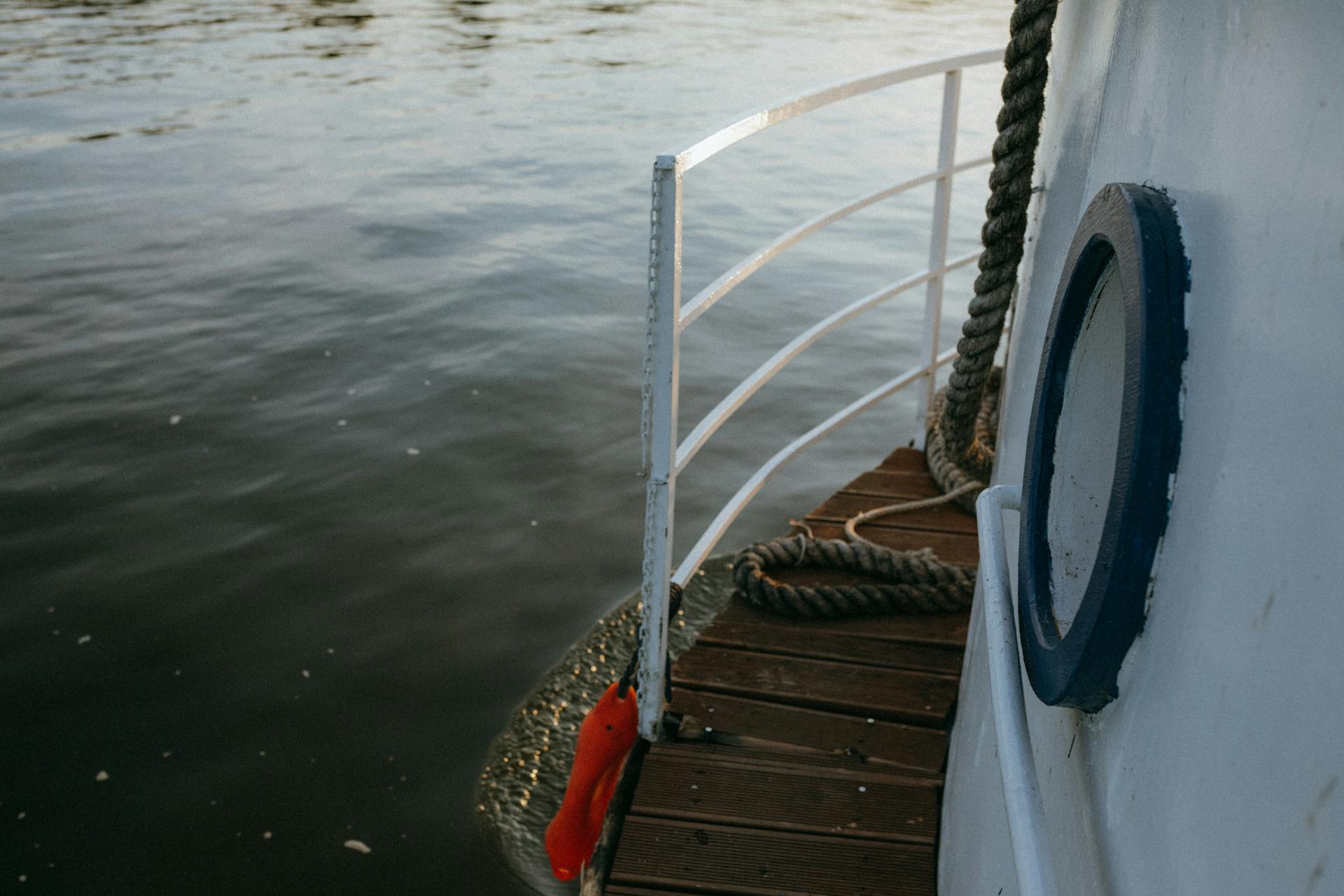
A marine deck hatch is essentially a removable panel on a boat's deck that provides access to the interior. They can be a great way to get some fresh air or to inspect the boat's systems.
There are various features to consider when choosing a marine deck hatch. The size of the hatch is a key factor, as it needs to fit the space available on the deck.
The type of marine deck hatch you choose will depend on the type of boat and the intended use. For example, a fixed hatch is suitable for boats that don't need to be opened frequently, while a hinged hatch is better for boats that require regular access.
Marine deck hatches can be made from a variety of materials, including aluminum, stainless steel, and fiberglass.
Standard Features:
A marine deck hatch is a great addition to any boat, and when it comes to the standard features, you can expect a few key things.
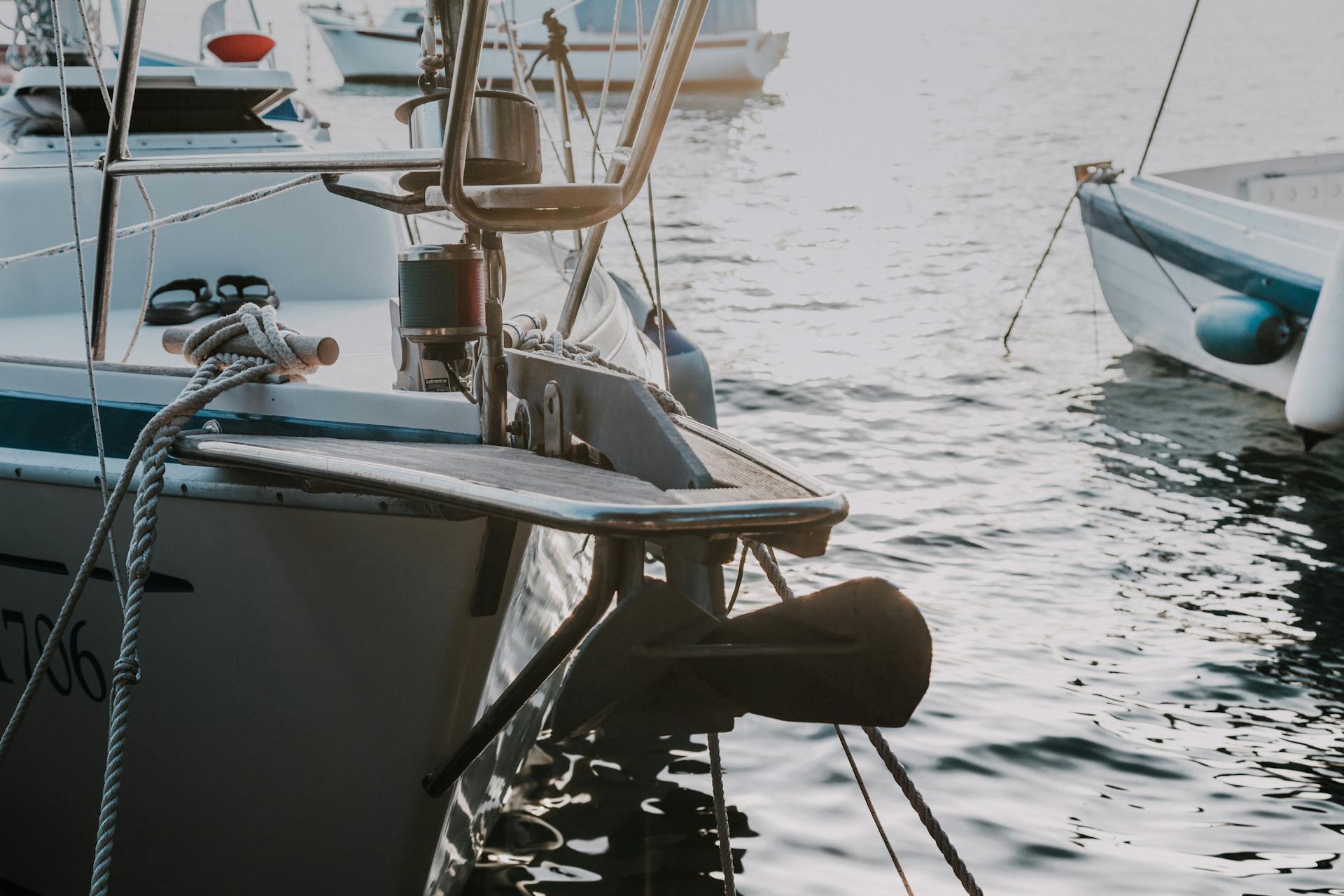
The aluminum piano hinge is a full length hinge made from high-quality aluminum, secured with stainless fasteners for added durability.
You'll also find a drain hole in the gutter channel, complete with a welded 5/8″ hose barb for easy drainage.
The rubber hatch seal on the lead underside provides a tight seal, keeping water out and the interior of the hatch dry.
Here are the standard features of a marine deck hatch in a concise list:
- Full length aluminum piano hinge with stainless fasteners.
- Drain hole in gutter channel with welded 5/8″ hose barb.
- Rubber hatch seal on lead underside.
Types of Hatches
There are several types of marine deck hatches, each serving a unique purpose.
A center hatch is a common type of hatch used on boats, often providing easy access to the interior.
A deck hatch can also be a fixed hatch, meaning it's permanently installed on the deck and can't be opened.
A center hatch is typically used on boats with a centerline, allowing for easy access to the interior from either side of the boat.
What Are Hatches?
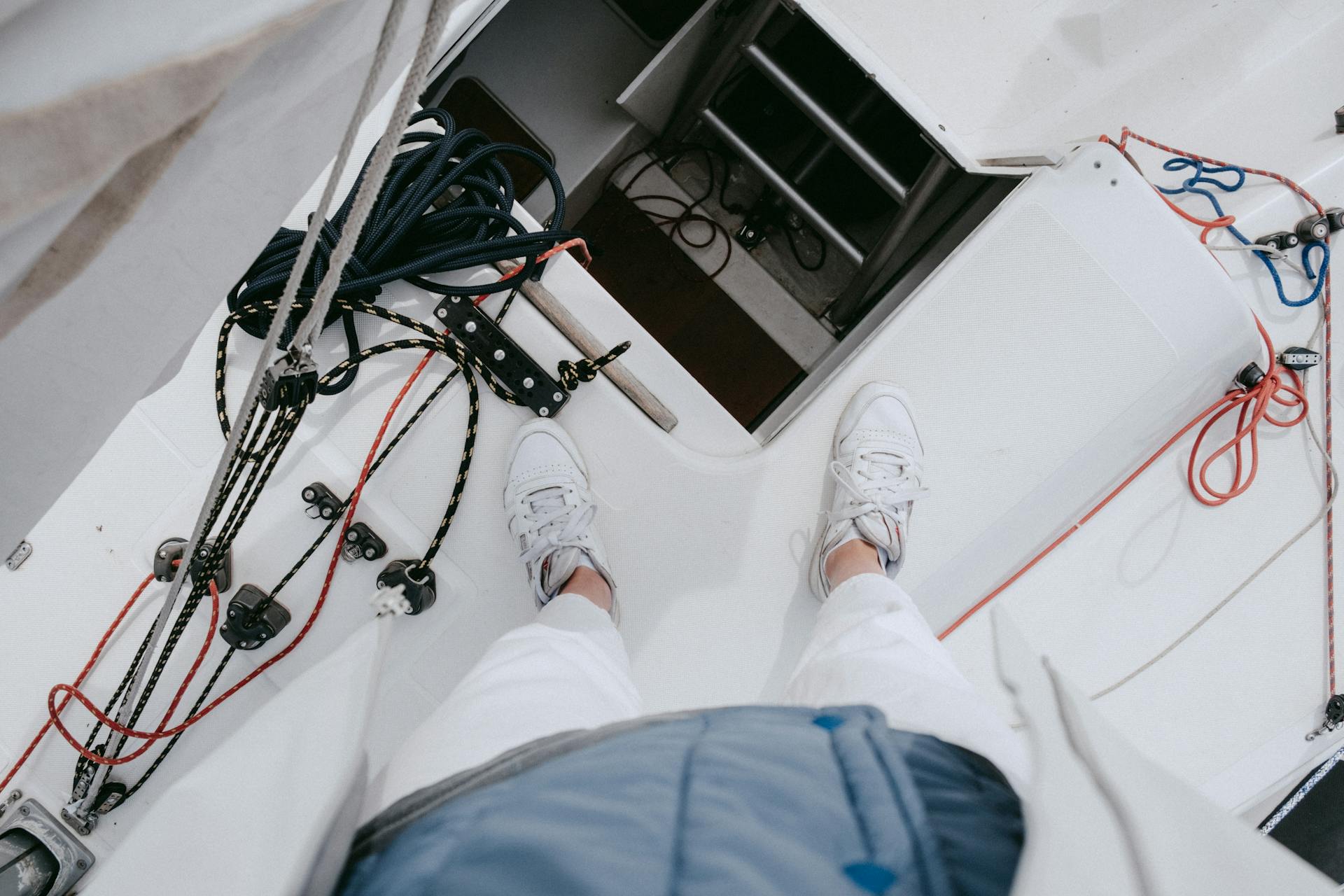
Hatches are designed to give you access through a horizontal surface to items or spaces below, and they come in all different shapes and sizes to serve a variety of purposes.
They can be used to cover ski lockers, allowing breeze into ventilated cabins, providing a means to escape from a sinking vessel, or as a means to access the bilge, which is the area below the main deck.
One of the most common hatch uses is to allow access to the bilge, and they are also used as escape hatches in case of a disaster.
Escape hatches allow for an easy escape from the cabin, which is a lifesaver in emergency situations.
Hatches can also be used for ventilation and as windows, giving you a clear view of the surrounding water.
Specialized types of hatches are used to cover lockers used to store water skis and wakeboards, and to cover lockers where anchors are stored.
VA

The VA series of boat deck hatches is designed to be installed on a teak deck thickness of 8-9 mm. They are also equipped with a glass feature, making them suitable for saloon and cabins.
The standard sizes for the VA series are 064B120, 064B170, and 064B330.
Hatch Information
A marine deck hatch is a crucial component of a boat's design, providing access to the deck while also serving as a means of ventilation and light.
The hatch is typically made of a watertight material, such as aluminum or fiberglass, to prevent water from entering the boat.
The size and shape of the hatch are determined by the specific needs of the boat, including the amount of ventilation and access required.
A standard marine deck hatch is usually around 2-3 feet in diameter, but can vary depending on the boat's design and intended use.
The hatch is often equipped with a locking mechanism to secure it in place, especially when the boat is at sea or in rough weather conditions.
The locking mechanism can be manual or automatic, depending on the type of hatch and the boat's design requirements.
Custom and Premium Hatches

Custom and premium hatches can make a huge difference in the ease of access, storage, and usability of your boat. They come in various dimensions and can be custom-built to fit your needs.
Boat hatches can be equipped with different features such as locking and non-locking latches, hinge placement options, and color options to match your boat's style. You can also choose between pre-drilling for face mounting or inside mounting.
If you're having trouble finding the exact part you're looking for, take a picture and give the customer service team a call. They're available Monday to Friday from 8am to 5pm and would be happy to help you track down the hardware you need.
Custom
Custom hatches can be a game-changer for your boat, offering ease of access, storage, and usability.
Boat Outfitters carries a large variety of custom-built hatches to fit most of your needs. If they don’t carry a hatch in the dimensions you require, they provide custom-built options to fit your needs.
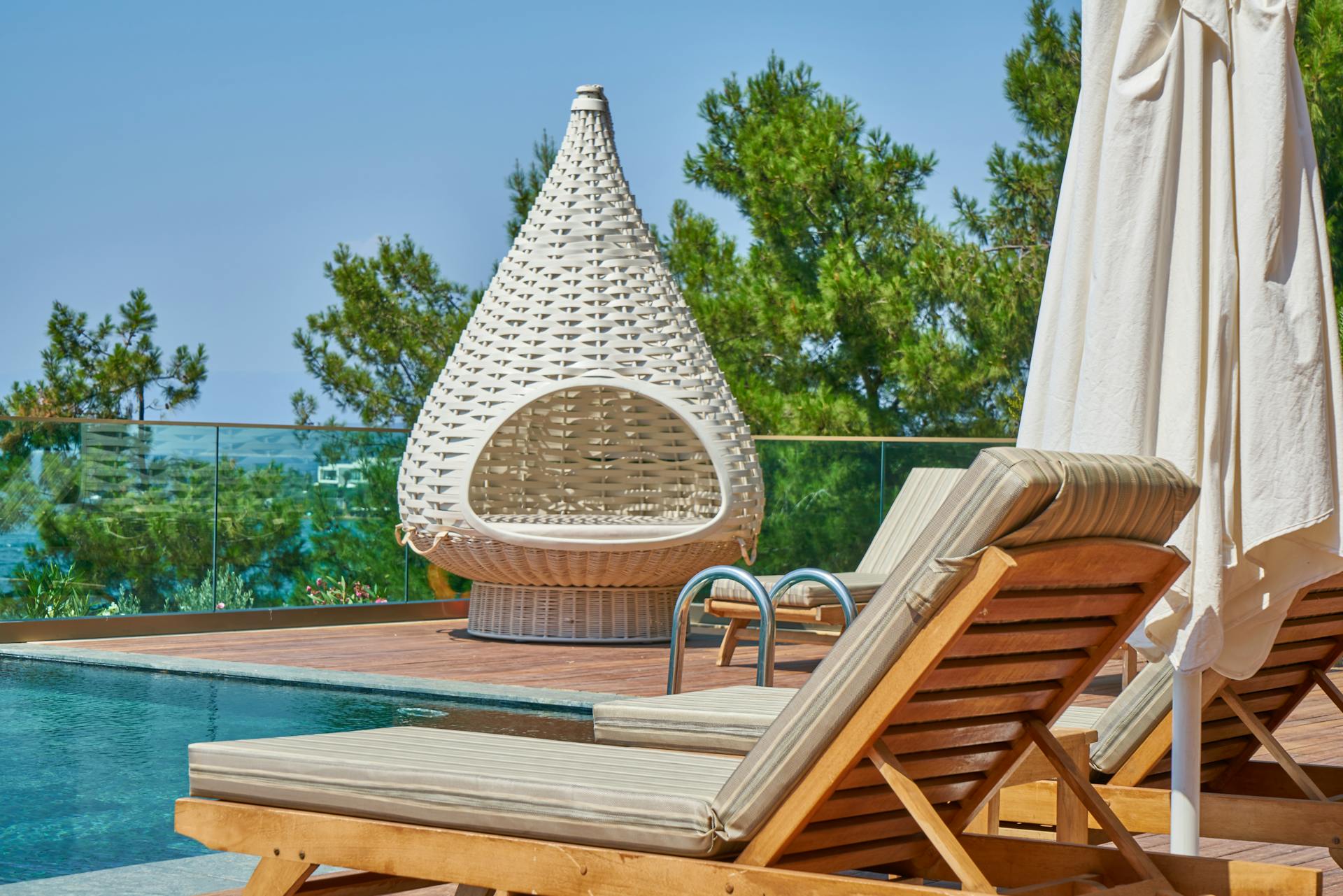
You can choose from various color options, pre-drilling for face mounting or inside mounting, locking and non-locking latches, and hinge placement options.
If you’re having trouble finding the exact part you're looking for, take a picture and give Boat Outfitters a call. They have a customer service team that's here to help you track down the exact hardware you need.
Premium Basics
A boat hatch is a vital part of your vessel, performing multiple duties, including allowing access between the upper and lower deck, and providing entry points for the engine, storage, cargo, or additional living space.
Fresh air can flow into musty spaces and sunlight can brighten up even the darkest corners when a boat hatch is left open, but it also forms an impenetrable, weathertight seal when locked.
Leaky boat hatches can cause significant damage, including water damage to external decks, ruining internal décor and design elements, and degrading the boat's structure.

A deck hatch for boats can be stained and degraded when it comes into contact with sunscreen lotions and UV-protecting potions worn by passengers, in addition to being subject to the usual harmful effects of sun, salt spray, and bird guano.
The LIB series boat deck hatch has an overall length of 260 mm - 680 mm and an overall width of 260 mm - 680 mm, with a cut-out length of 200 mm - 620 mm.
Mounting and Shapes
Marine deck hatches can be mounted in a variety of ways, including flush to the deck or raised with deep gutter coaming for added strength.
A flush mount design can be a good option if you want a sleek look, but it's essential to consider the added stiffness and strength that a raised coaming provides.
The Pacific Coast Marine 3240 Watertight Hatch offers a concealed articulating hinge, which allows for a smooth and quiet operation.
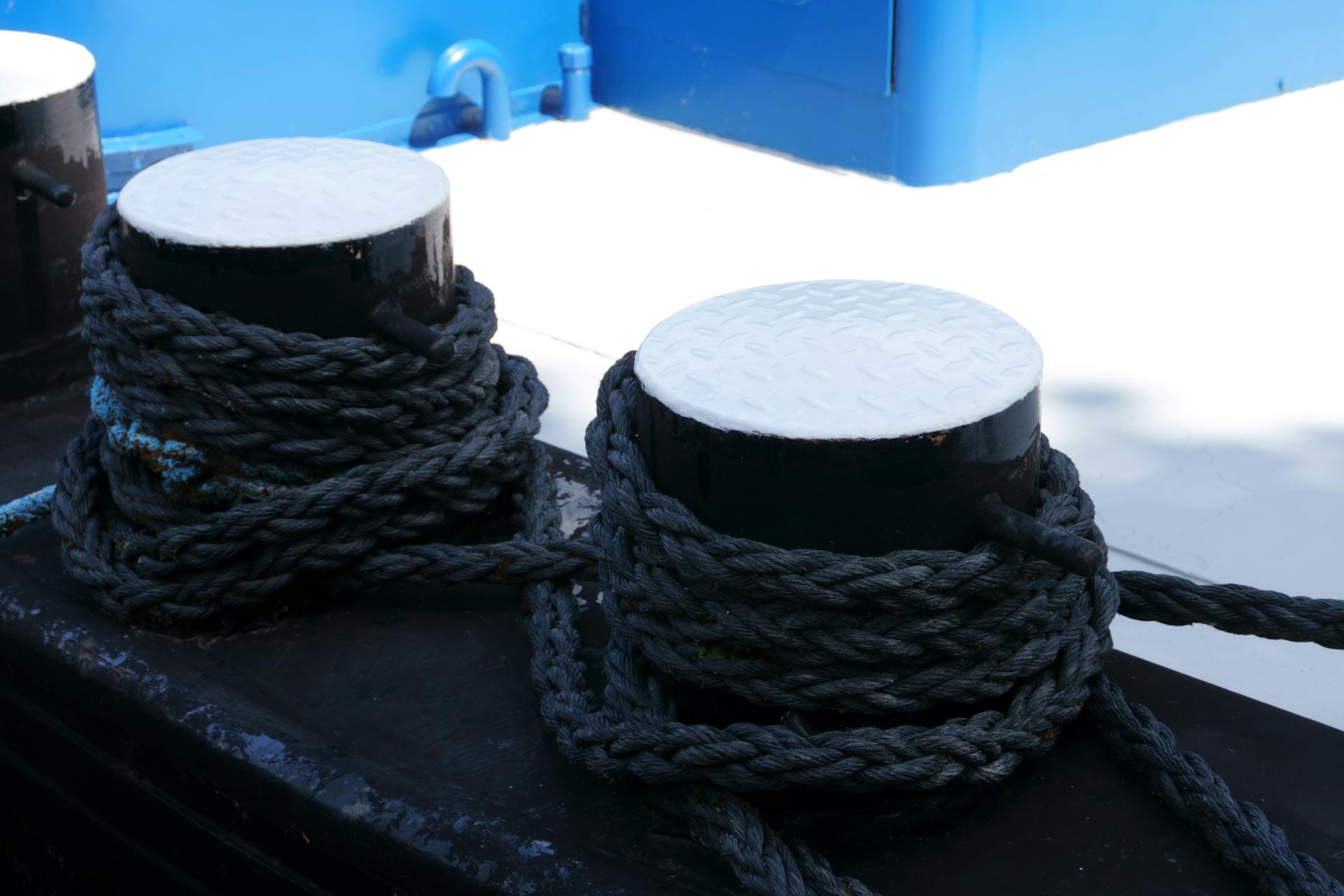
316L gas struts are used in this hatch, providing a reliable and robust watertight seal.
Here are some common mounting options for marine deck hatches:
In terms of shapes, Pacific Coast Marine offers custom shapes to match the curvature of your deck, ensuring a seamless integration with your marine vessel.
Ultra-Low Profile
The Ultra-Low Profile hatch is a minimalist design that contributes to a sleek appearance on your boat. Its 10mm elevation above the deck is a key feature that sets it apart from other designs.
This design is ideal for those who want a low-profile look without sacrificing functionality. The Ultra-Low Profile hatch is designed for ease of installation, making it a great choice for boat owners who want to get in and out of the water quickly.
The overall length and width of the Ultra-Low Profile hatch can vary, but it's generally similar to the Low Profile hatch, with a range of 312 mm to 679 mm. This flexibility makes it easy to find the right size for your boat.
The Ultra-Low Profile hatch is a great option for powerboats, where a sleek and streamlined design is essential. Its compact size also makes it a good fit for smaller to mid-size yachts.
Materials

When choosing materials for your boat hatch, consider the options carefully. Hatches can be made up of different materials, each with its own unique characteristics.
Some hatches, like the Innovative door, are made of weather and UV-resistant Saralon polypropylene resin. This material is ideal for withstanding harsh marine conditions.
Starboard is another popular choice for deck hatches. It's a high-density marine-grade polyethylene sheet designed specifically for the marine environment.
Acrylic is a popular choice for hatches that need to be transparent. It can be polished to a cleaner finish and act as a window.
Mountings and Shapes
Pacific Coast Marine offers a range of mounting options for their watertight hatches, including flush deck and raised coaming designs.
Flush deck mountings provide a sleek and streamlined appearance, while raised coaming designs add an extra layer of protection against water ingress. The 3450 & 3150 Watertight Lens Hatches can be mounted either way, giving you flexibility in your design choices.

The flush deck design is ideal for vessels where space is at a premium, as it allows for a more compact installation. Raised coaming designs, on the other hand, are better suited to vessels that require added protection against the elements.
The 3430 & 3130 Watertight Deck Hatches can be installed with a deep gutter coaming, which adds stiffness and strength to the hatch. This design feature is particularly useful for vessels that will be operating in rough seas.
Here are some key features of Pacific Coast Marine's watertight hatch mountings:
Premium Catalog
A premium marine deck hatch is a must-have for any boat owner. It's not just a means of accessing the lower deck, but also a way to let fresh air flow in and brighten up the space.
Boat hatches perform multiple duties on a vessel, and a premium one can add to your boat's aesthetics and visual style when locked. A clear versus opaque design can allow sunlight to stream in and brighten up even the darkest of corners.
A boat hatch forms an impenetrable, weathertight seal when locked, which is essential for keeping the interior of your boat dry and protected from the elements. This is especially important when your boat is exposed to rough seas or harsh weather conditions.
Just like a boat window, every boat hatch on your watercraft is subject to the wear and tear your vessel undergoes as it journeys from the dock to your destination and back again. This means that it's not uncommon for boat hatches to need replacing over time.
Check out Advantec Marine's catalogue of Pacific Coast Marine premium boat hatches, and find a boat hatch that suits your vessel and water style.
Boat and Marine
A marine deck hatch is a crucial component of any boat or marine vessel. It provides a safe and efficient way to access the deck from below.
In terms of size, marine deck hatches can range from small, 12-inch square openings to large, 48-inch square openings. The size of the hatch will depend on the specific needs of the boat or vessel.
For example, a sailboat may require a larger hatch to allow for easy access to the deck while underway. On the other hand, a small powerboat may be able to get by with a smaller hatch.
Learn More About

The most common types of boat hulls are monohulls, catamarans, and trimarans. Monohulls are the most traditional type and are known for their stability in rough waters.
Catamarans, on the other hand, have two parallel hulls that provide excellent stability and shallower draft. They're perfect for navigating shallow waters.
Trimarans have three hulls, which offer even more stability and speed than catamarans. They're often used for racing and high-performance boats.
The size of a boat's propeller can greatly affect its performance. A larger propeller can provide more speed, but it may also increase fuel consumption.
In general, a boat's speed is determined by its engine power, propeller size, and hull design. A well-designed boat can reach speeds of up to 50 knots.
Some boats are designed for specific purposes, such as fishing or cruising. Fishing boats often have a shallow draft and a large casting deck, while cruising boats prioritize comfort and amenities.
901
The 901 series boat deck hatch is a top-notch choice for any boat owner. The 10 mm thick PMMA Perspex is supplied in a standard smoked grey colour.
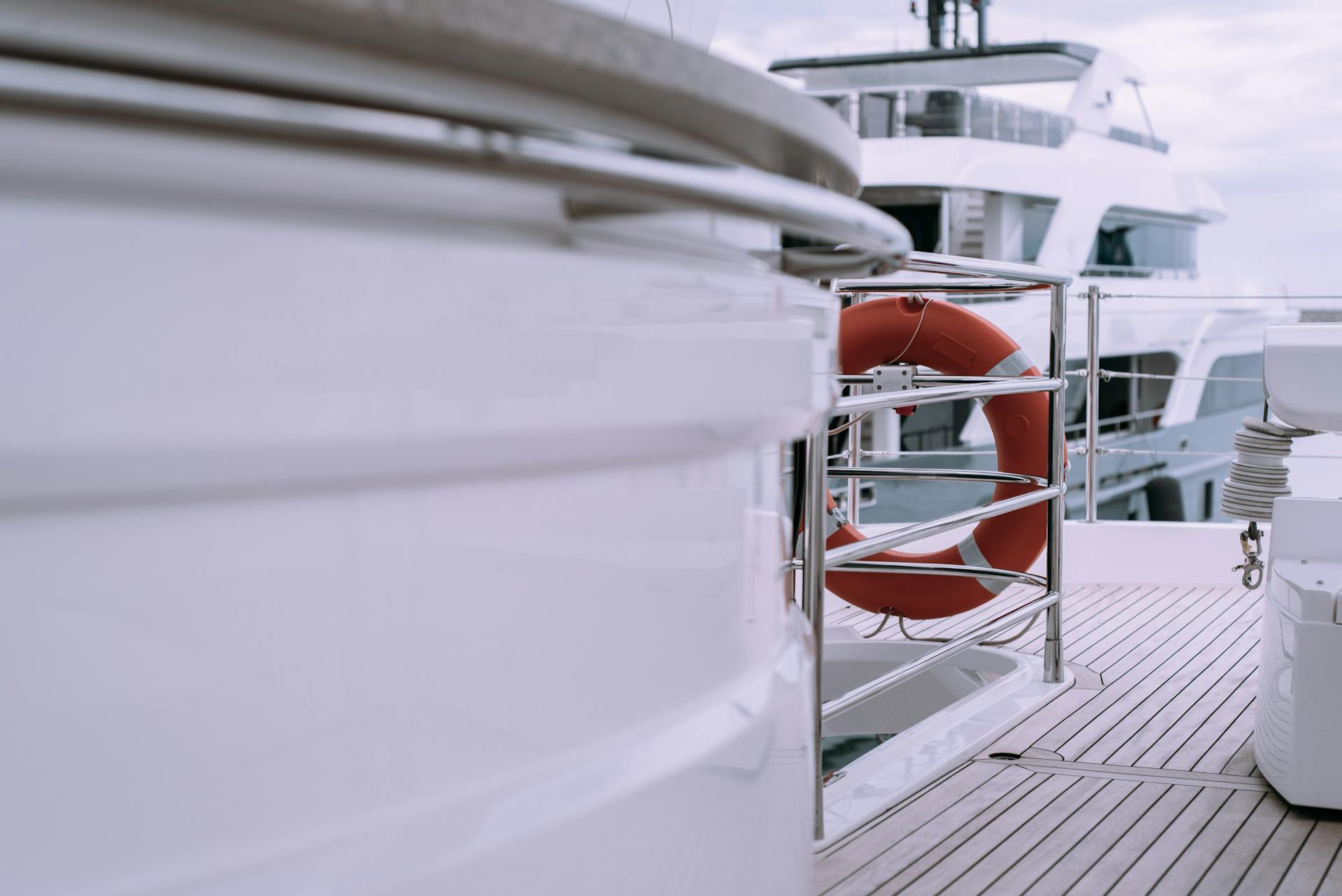
The hatch has a very low deck profile of only 15 mm, making it a great option for boats with limited space. This design allows for easy access to the deck while maintaining a sleek appearance.
Strong hatch adjusters allow the hatch to be securely closed, even in rough seas. I've seen this feature in action and can attest to its effectiveness.
The 901 series boat deck hatch is built to last, with a durable design that can withstand the elements.
Boat
If you're looking for a durable and long-lasting boat deck hatch, consider the Bomar 100 Series Cast Hatches, which are built with durable Almag-35 cast aluminum construction and stainless steel hardware.
These hatches are available in various sizes, ranging from 10 inch to 31 inch, and can be certified by RINA, Bureau Veritas, ABS, or Lloyds upon request.
The Bomar 100 Series Cast Hatches also feature smoke tinted lexan, which provides a clear view of the interior while allowing natural light to filter in.
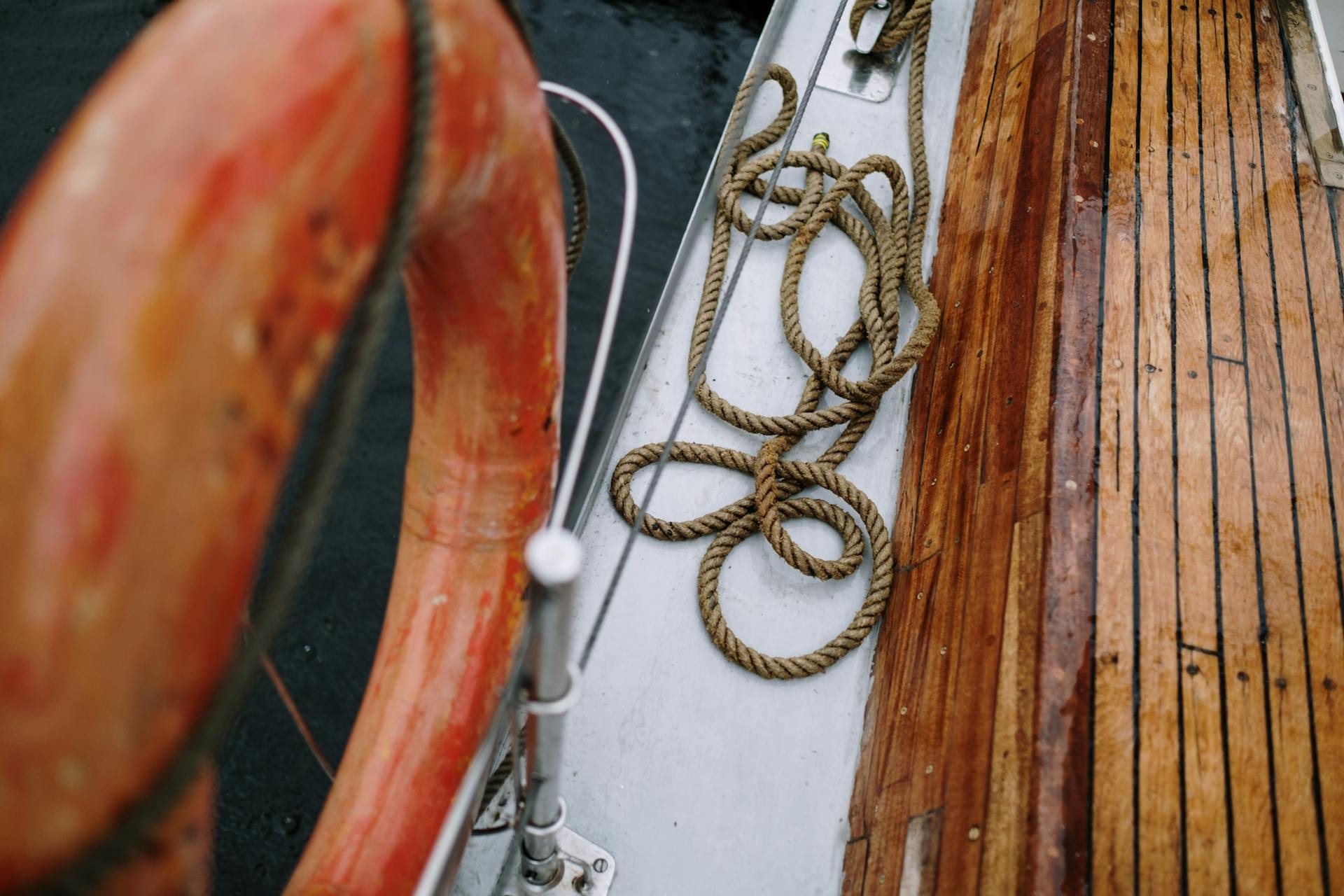
A solid aluminum hatch, such as the one mentioned in example 3, is particularly suitable for high-traffic decks and designs where sturdiness is a priority.
These hatches can be fully walkable, making them a great option for busy boat owners.
The Magic hatch offers a unique ventilation position, while allowing the hatch to be locked, and features flush exterior handles for a sleek design.
The port mod. 2400.03 is supplied with 20mm - 4/5” tick glass, which provides a secure and clear view of the interior.
The overall length and width of some boat deck hatches, such as the boat deck hatch, can range from 375 mm to 625 mm.
Return and Revision
If you need to return a marine deck hatch, you can contact the manufacturer directly for instructions.
The manufacturer's return policy typically includes a restocking fee, which can range from 10% to 20% of the original purchase price.
You'll need to provide proof of purchase to initiate the return process.
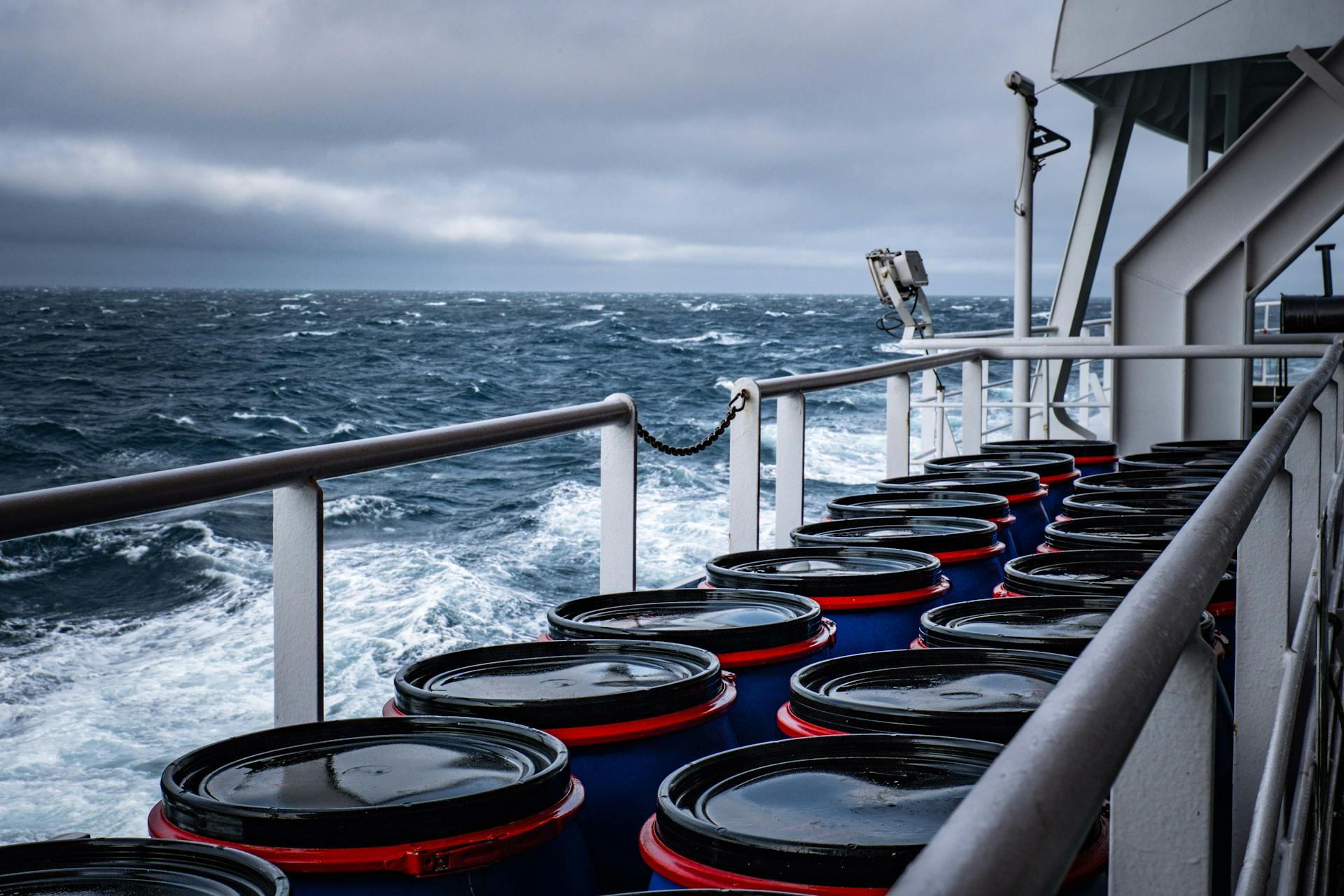
The manufacturer may also require you to pay for return shipping costs.
In some cases, a marine deck hatch may need to be revised or modified to meet specific requirements or regulations.
For example, if you're installing a hatch on a commercial vessel, you may need to meet certain safety standards.
Revisions can also be made to improve the hatch's performance or functionality.
It's essential to work closely with the manufacturer or a qualified professional to ensure the revisions meet the necessary standards.
Frequently Asked Questions
What is the best material for a boat hatch?
For a boat hatch, the most common and recommended materials are PMG Ultra Acrylic Sheet and StarBoard, both known for their durability and performance.
What are bomar hatches made of?
Bomar hatches are made from 535 magnesium hardened aluminum, a durable and corrosion-resistant material. This unique alloy is crafted through a proprietary process involving high-temperature melting and casting.
What makes a hatch watertight?
A watertight hatch is sealed with proper seals, such as compression seals or inflatable gaskets, and sometimes a dogging mechanism that wedges the door shut. This ensures a secure and leak-free closure.
Sources
- https://halkmarine.com/product/flush-mount-aluminum-hatch/
- https://www.boatoutfitters.com/doors-hatches-lids/deck-hatches
- https://advantecmarine.com/marine/pacific-coast-marine/hatches/
- https://www.nauticexpo.com/boat-manufacturer/deck-hatch-1082.html
- https://www.overtons.com/repair-maintenance-hardware/hardware/hatches-deck-plates
Featured Images: pexels.com

